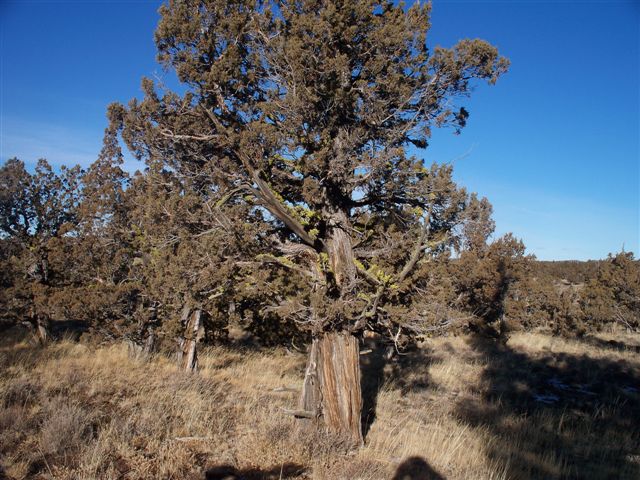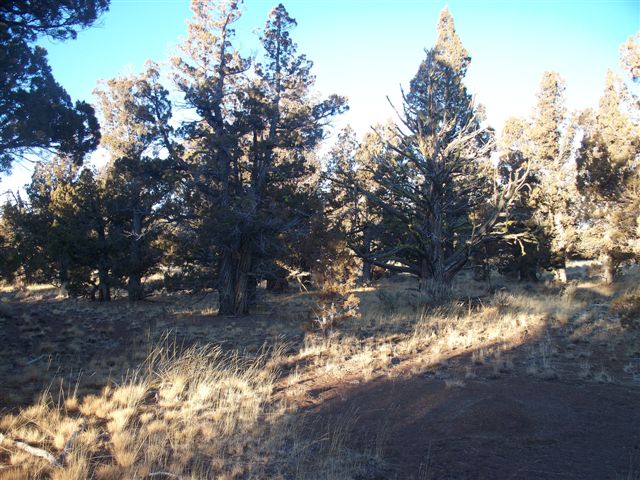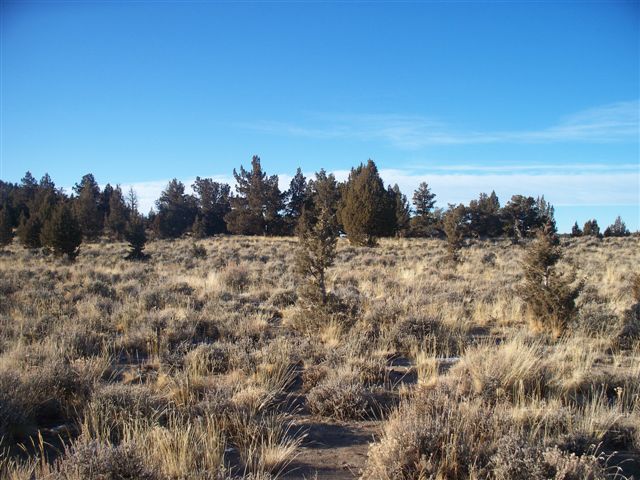 The wood hunting and cleaning of the juniper wood is done on a fairly regular basis. I like to go about once a week, sometimes it’s less than that and sometimes it’s more.
The wood hunting and cleaning of the juniper wood is done on a fairly regular basis. I like to go about once a week, sometimes it’s less than that and sometimes it’s more.
When I first started wood hunting, in the late 1990’s, it was kind of frustrating. I would find nice pieces of wood, but sometimes I would bring back what I thought was a nice piece of wood, pressure wash the bark off, only to discover it was a piece of firewood, funny now, but not then. Most of the time I was finding fairly decent pieces to bring back to the shop, but there were many occaisions I came back empty handed too.
But, it’s like many other occupations (I consider mine a full time hobby), you learn over time because you’re interested in it.
Every once in a while somebody will stop by my shop and want to know how and where I find the nice pieces of juniper wood. A lot of people think they grow in windy areas because of the extreme twisting some of them have.
It’s true that all the weather processes play a part in shaping the juniper trees, but I don’t think the wind is a major factor because I’ve seen juniper trees growing 20 feet apart and their trunks are twisting in opposite directions.

Juniper Wood Hunting 2012
So, where do the juniper trees that have a lot of character grow? The answer to that is not an easy one, but I’m going to make it sound easy. The elevation in and around Mitchell is about 2,800′. At this elevation, give or take a few hundred feet, I have found a lot of the nice pieces of juniper wood on the steep, south facing slopes. Why the south facing slopes and not the north facing? I think it’s because the juniper trees on the south slopes are facing the sun, these trees look distressed compared to juniper trees on the north slopes, the ones on the north side appear much healthier and most of their branches are still alive.

Juniper Wood Hunting 2012
Up in the mountains around 5000′ or more, I disregard the north/south slope wood hunting rule because the lay of the land is more flat compared to the lower elevations. I look for areas that have a lot of Ponderosa pine. Mountain Mahogany is always a good sign I’m in the right area too. I stay away from areas that have a lot Lodgepole pine and White fir trees.

Juniper Wood Hunting 2012
There are exceptions to this, but the general rule for me is to stay in areas where there are a lot of Ponderosa pine. You should always have permission to cut the juniper trees and/or branches. It doesn’t matter if you are wood hunting on public or private property, always have permission.